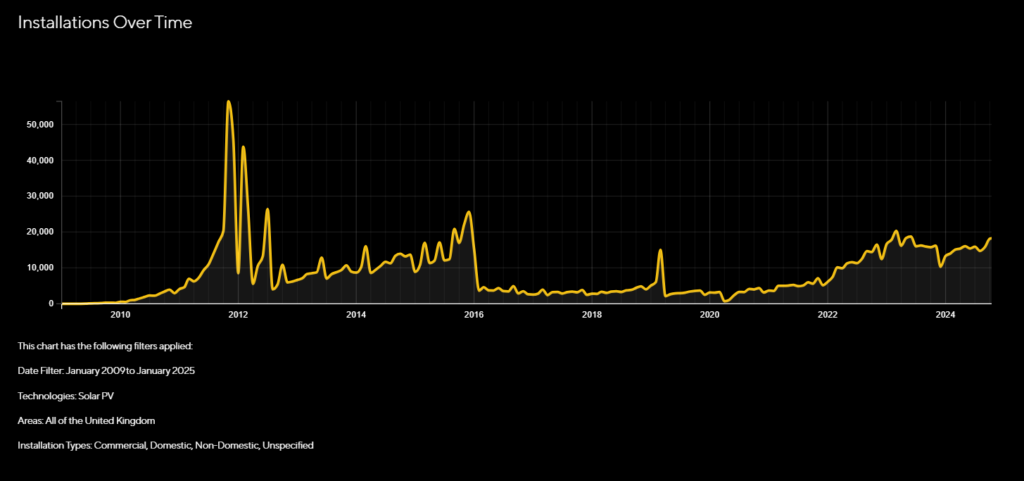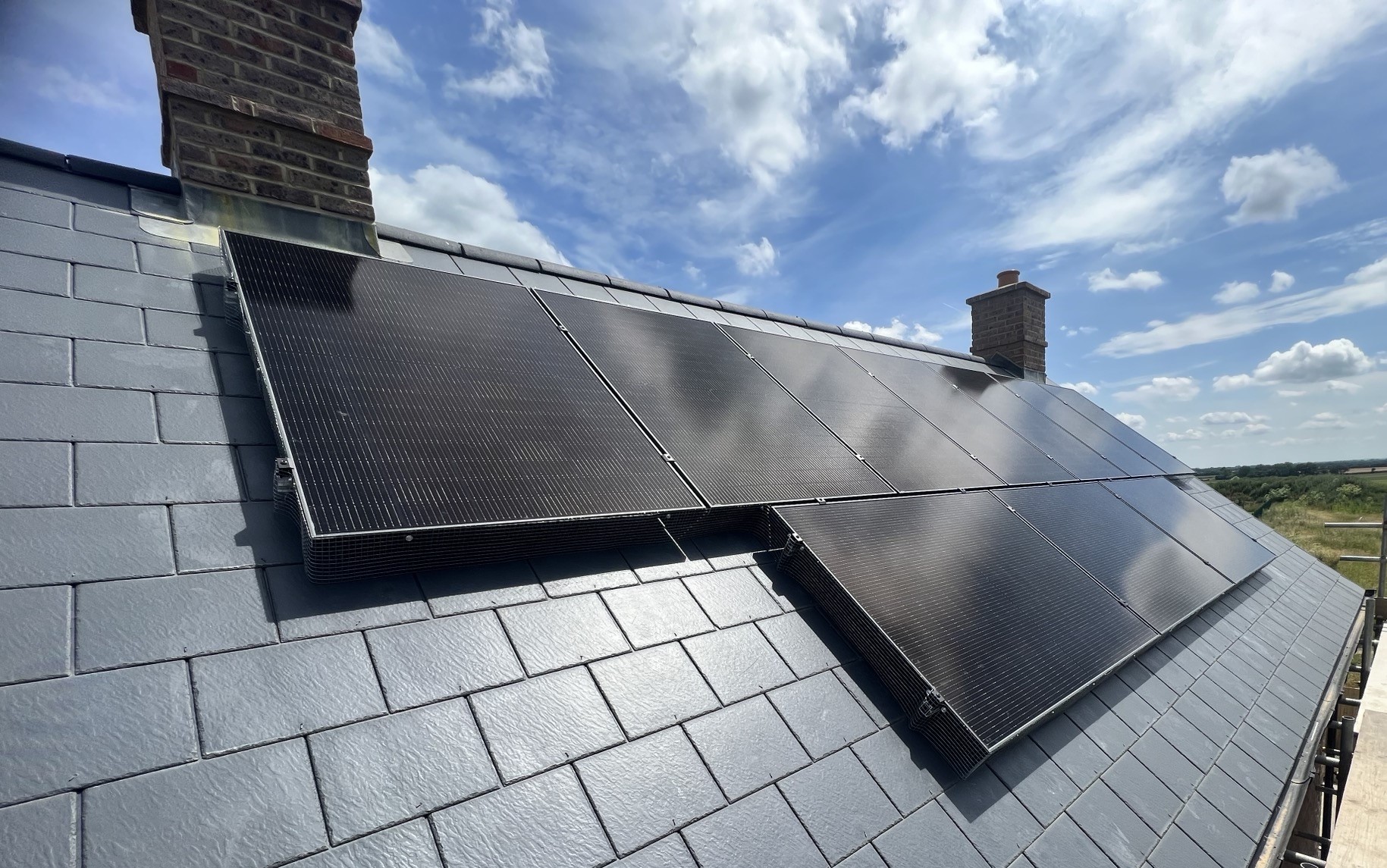Solar panels are becoming increasingly more commonplace as we see them on many houses, buildings and even fields full of them. But they still feel like a fairly new technology. So how did solar PV evolve?
The beginnings of solar energy
As humans, we have been fascinated by the energy the sun provides for a long time. There is evidence dating back to the 7th century BC of using glass to amplify the sun’s energy to create a flame on dry wood.
There have been a few inventions that utilised the sun through the centuries including solar ovens used by voyagers in the late 1700s, and solar-powered steamboats in the 1800s.
But it wasn’t until 1839 when a French physicist Alexandre Edmond Becquerel first discovered the photovoltaic effect; where some materials exposed to sunlight could produce an electric current.
The first solar cell was created almost 50 years later in 1883 by an American inventor called Charles Fitts. He coated selenium with a thin layer of gold and was able to generate electricity, although the cell efficiency was below 1%. This was not an efficient solution, but a proof of concept.
Albert Einstein explained the photovoltaic effect in 1905 in a paper which demonstrated how light interacts with materials to release electrons to produce an electrical current. This led to a Nobel Prize in Physics in 1921 and highlighted the importance of solar energy.
Creation of modern solar panels
The evolution of modern solar panels started when Bell Laboratories in America made a breakthrough in 1954 with the creation of the first silicon solar cell. The introduction of silicon increased solar cell efficiency to 6% making them more commercially viable. This led the way to some of the first major applications of solar panels, which included space exploration by NASA in 1958 on the Vanguard 1 satellite. The success of this project resulted in increased research and development in solar panels in the 1960s that continued in the 1970s as the global oil crisis struck and amplified the interest in alternative energy sources.
In the UK the first solar panels were installed in 1978 at the University of Sussex and the first domestic solar panels were installed on social housing in Woking, Surrey in 1986. But it wasn’t until 1994 that the first UK panels were connected to the national grid. The first UK large solar farm was constructed in Leicestershire in 2012.
Solar panels have come a long way from their humble beginnings with investment and increased interest driving the development of higher efficiency, lighter panels and low prices. The efficiency of modern solar panels is around 20-25% depending on the type of panel and the conditions it is in.
The adoption of solar panels in the UK
The growth of solar panels in the UK has largely been since 2010, before this the number of solar panel installations was relatively low and numbers were not particularly recorded. Since 2009 and the introduction of the Microgeneration Certification Scheme (MCS) installations have been recorded for their certified installers.

There have been several factors affecting the growth of solar panels in the UK, many of which have been influenced by government policies and incentives. These have included the Non-Fossil Fuel Obligation (NFFO) introduced in 1990 obligating suppliers to purchase a proportion of energy from renewable sources; the Clear Skies program in 2002 encouraging installation of solar panels on homes and businesses with grants and support with upfront costs; and the most impactful was the Feed-in-Tariff (FiT) scheme.
The FiT scheme ran between 2010 and 2019, the scheme guaranteed a fixed payment for the electricity generated by renewable energy sources such as solar panels. The scheme saw a boom in installations as the solar panel prices reduced as demand peaked and the return on investment decreased due to cost and the amount of eligible FiT payments. The number of domestic and commercial installations as well as solar farms increased significantly during this period with just under 1 million installs being recorded.
The appetite for solar panels has continued even with the Smart Export Guarantee, and much of the demand for solar panels in the past few years has been driven by rising energy prices.
If you are interested in installing solar panels, contact us to find out more.




